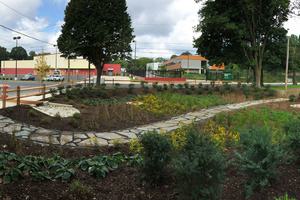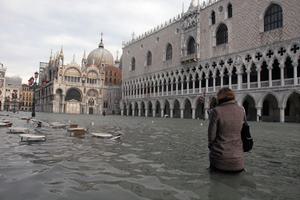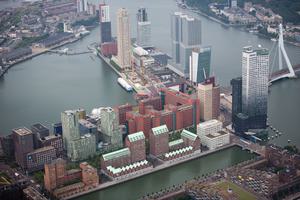In Cities
Urban Planning
-
CRISIS ON THE COLORADO: PART IV
In Era of Drought, Phoenix Prepares for a Future Without Colorado River Water
-
E360 VIDEO CONTEST WINNER
In Sicily, A Plague of Cancer Overwhelms an Oil Refinery Town
-
E360 Video Contest Winners
On Our Lands: Indigenous Bolivians Take Control Of Their Forests
-
Hard-Pressed Rust Belt Cities Go Green to Aid Urban Revival
Gary, Indiana is joining Detroit and other fading U.S. industrial centers in an effort to turn abandoned neighborhoods and factory sites into gardens, parks, and forests. In addition to the environmental benefits, these greening initiatives may help catalyze an economic recovery.
-
With New Tools, A Focus On Urban Methane Leaks
Until recently, little was known about the extent of methane leaking from urban gas distribution pipes and its impact on global warming. But recent advances in detecting this potent greenhouse gas are pushing U.S. states to begin addressing this long-neglected problem.
-
Rethinking Urban Landscapes To Adapt to Rising Sea Levels
Landscape architect Kristina Hill focuses on helping cities adapt to climate change, particularly sea level rise. In an interview with Yale Environment 360, she discusses the challenges, solutions, and costs of saving cities from encroaching oceans.
-
Urban Nature: How to Foster Biodiversity in World’s Cities
As the world becomes more urbanized, researchers and city managers from Baltimore to Britain are recognizing the importance of providing urban habitat that can support biodiversity. It just may be the start of an urban wildlife movement.















